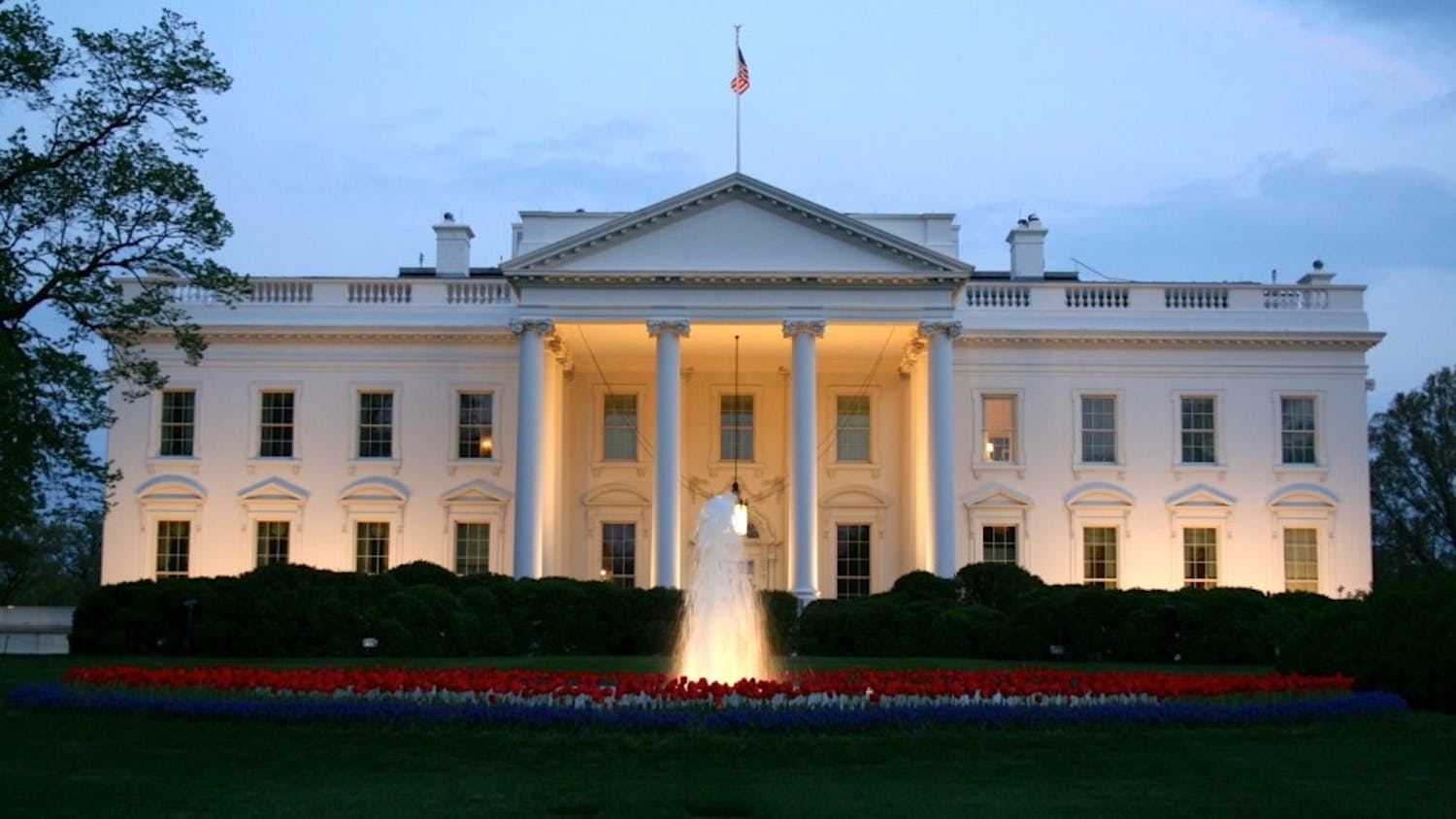Bullying prevention campaigns and policies have exploded in popularity over the past few years. In part, this is due to the hard work of activists trying to make schools safer for everyone. But the vague language of bullying prevention has also been stretched so thin that it can be used to justify almost anything, from forcing girls to wear skirts and to never say no to boys to pushing discriminatory private school vouchers.
By relying on abstract examples and simplistic advice like “be kind,” bullying prevention campaigns also frequently exclude the most common and severe forms of bullying. What most bullying prevention efforts fail to mention is that the most severe and pervasive cases of bullying are actually instances of identity-based harassment and violence. That is, victims are targeted based on protected identity categories like race, gender, sexuality, religion and disability and attacked in ways that further marginalize their identities.
Even when students who don’t fit these identities are bullied, they are almost always targeted for being perceived as too close to these identities (a boy perceived as too feminine, for example). Moreover, they are attacked with language and behaviors that create discriminatory environments for students with marginalized identities.
The cases documented by Public Justice’s bullying case database reveal that identity-based discrimination, not vague rudeness or random exclusion, is the common pattern across these cases. The cases in this database are also just the tip of the iceberg in a school environment where identity-based discrimination from peers, teachers and school officials is rampant and often underreported.
Female students experience widespread sexual harassment and sexual violence from both peers and school employees, as well as discriminatory rule enforcement. Students perceived as LGBTQ still navigate hostile school cultures that are often tolerated and even encouraged by school employees. Minority students experience discriminatory rule enforcement, racial and religious threats and racially-motivated violence. Disabled students are disproportionately harassed and targeted for sexual violence.
Schools have a moral obligation to address these issues. More importantly, however, they have legal obligations to address them. Schools are obligated to investigate and remediate gender-based harassment and violence under Title IX of the Education Amendments Act of 1972, race and ethnicity-based harassment and violence under Title VI of the Civil Rights Act of 1964, and disability-based threats under Title II of the Americans with Disabilities Act of 1990 and Section 504 of the Rehabilitation Act of 1973.
Most of these laws have been on the books for decades. The epidemic of identity-based harassment and violence is not a regrettable issue that schools can pat themselves on the back for choosing to address now. This is the direct result of deliberate decisions by schools to actively flaunt their legal obligations to protect students with marginalized identities.
The intentionally vague nature of anti-bullying campaigns and policies allow schools to obfuscate on their legal obligations by helping them pretend they are addressing bullying without actually addressing the broader culture or systemic issues that produce these abusive acts. Many schools have chosen to ignore the requirement to have a specific anti-harassment policy and to instead to create vague anti-bullying policies with deliberately weaker effects.
When parents and students report identity-based harassment and violence, schools with this policy framework can relabel it as “bullying” and punish offending students under their anti-bullying policies instead of addressing them as civil rights issues. This allows schools to downplay the issue, use otherwise prohibited methods like student mediation, avoid words like harassment that would trigger legal requirements and ignore the requirement to investigate and potentially remediate a broader hostile environment surrounding the incident.
In some cases, school responses to bullying also employ discriminatory rhetoric and myths that alone would constitute Title IX, VI and II violations. Even worse, in other cases, schools and politicians have taken advantage of the vague nature of the anti-bullying movement to craft “bullying prevention” tools that are unavailable to students with marginalized identities, to wield anti-bullying policies as a tool to actively bully marginalized students or to use policies to expel bullying victims.
Finally, teaching students about bullying with watered-down examples that obscure systemic discrimination also confuses children and adults who need better language to address these issues at school. It encourages schools and parents to throw around the word “bullying” to describe mild inconveniences. At the same time, it leaves students unable to properly identify, label and report the most serious issues of harassment and violence.
Without social and political clarity that identifies identity-based discrimination, the bullying prevention movement will be of little use to the students who need it most. If schools are truly committed to preventing bullying, they should start by fulfilling their existing civil rights obligations to protect their most vulnerable students. Students deserve better than vague promises, and they need brave adults willing to openly address the tough topic of discrimination at school.
Carly Fabian is a senior in the School of International Service. She is an outside contributor. The opinions expressed by the author are theirs alone, and do not necessarily reflect the views of The Eagle and its staff.





